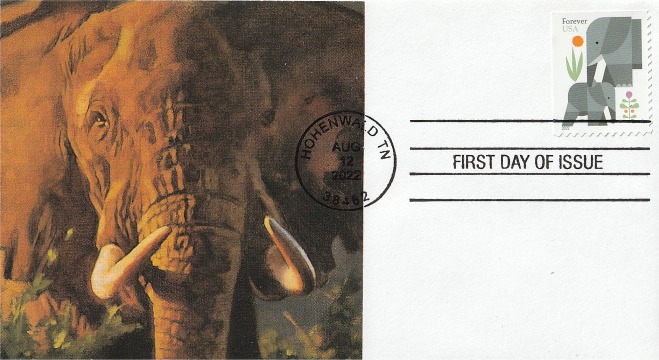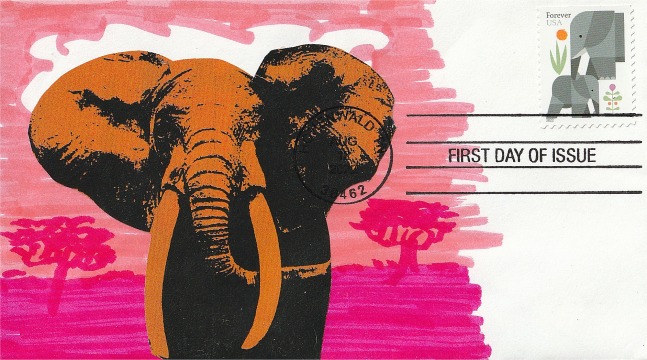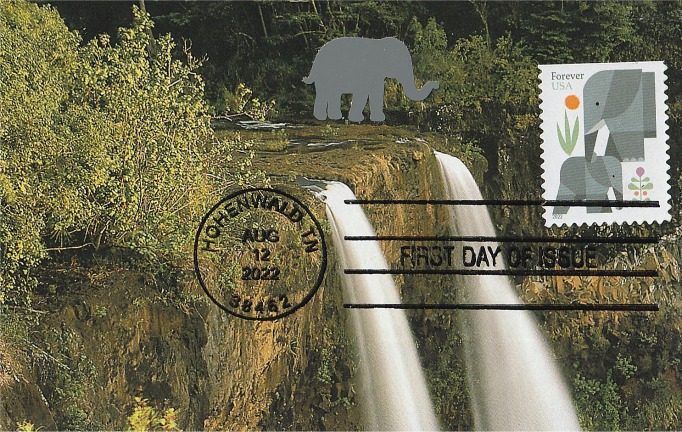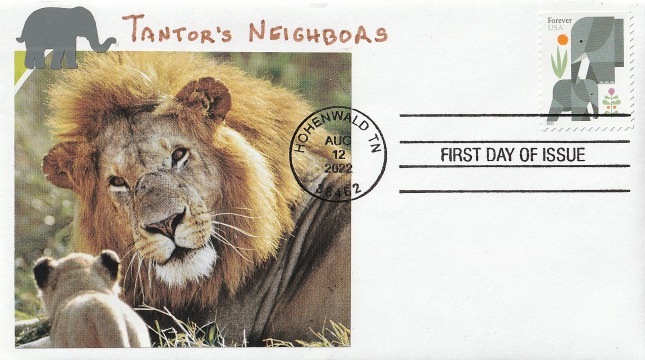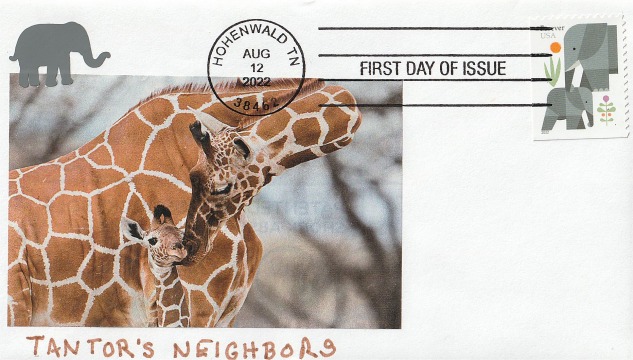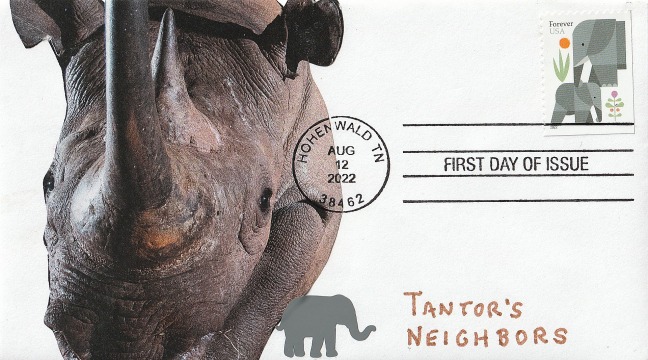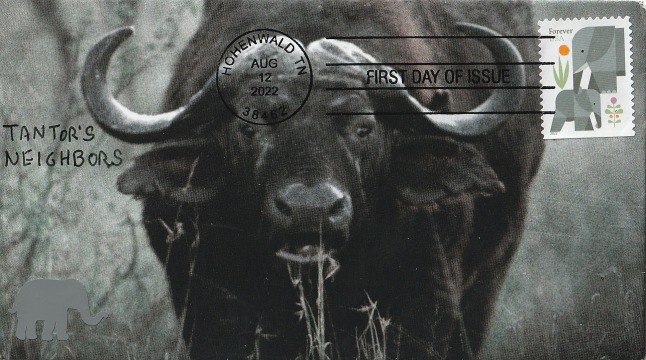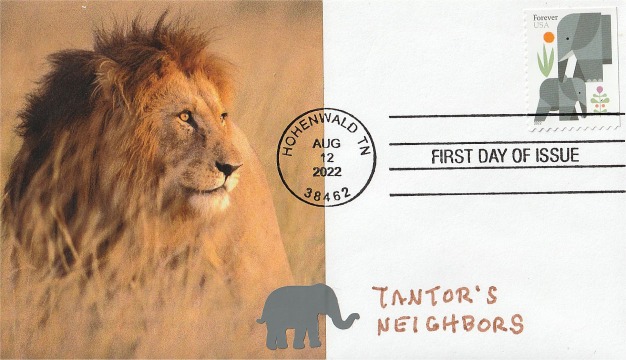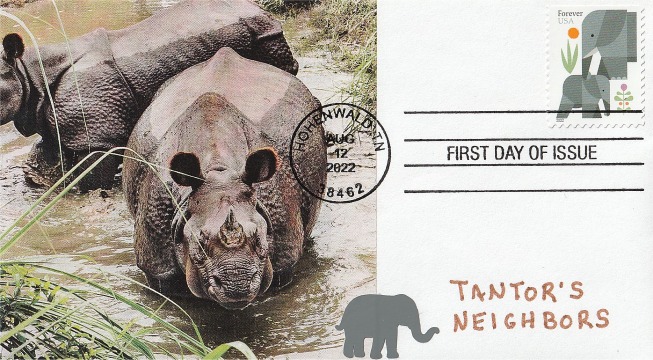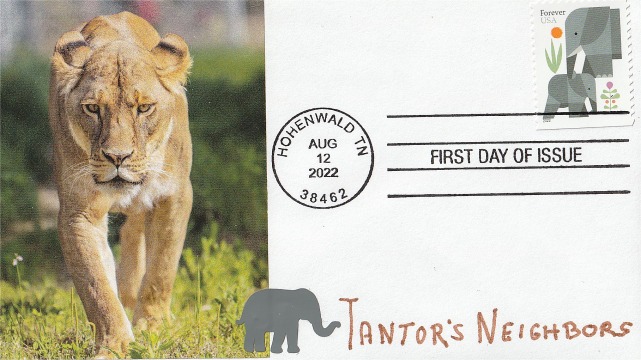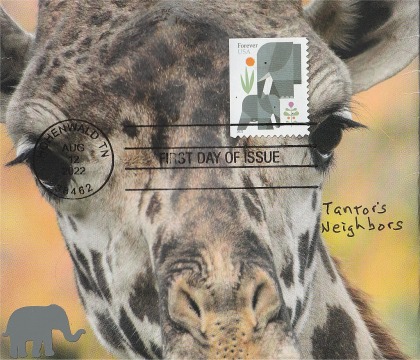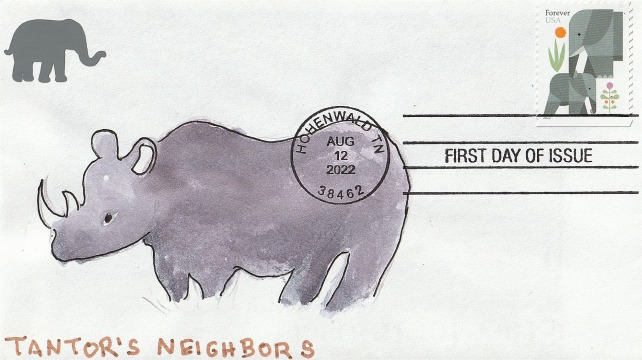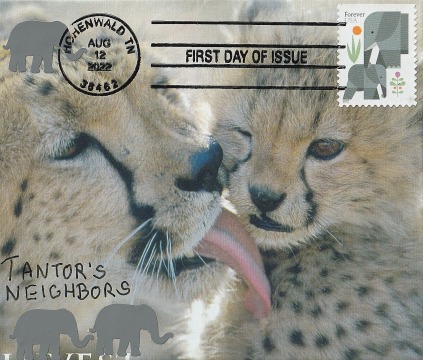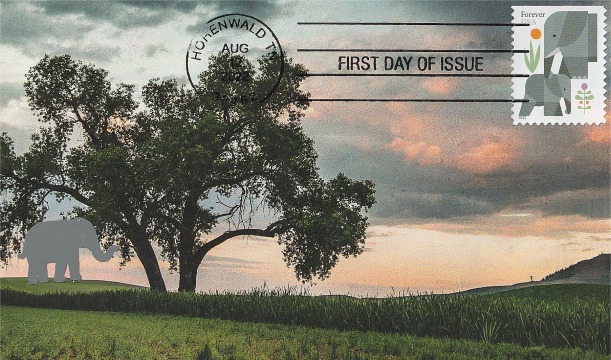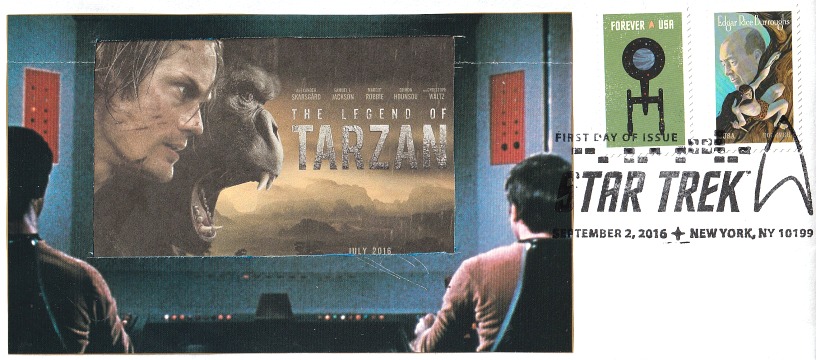
Official Edgar Rice Burroughs Tribute and Weekly Webzine Site
Since 1996 ~ Over 15,000 Web Pages in Archive
Presents
Volume 7728
PUSHING THE ENVELOPE XXIV
Envelope Packets 242 - 243
by John Martin
My "other hobby," buying, exchanging, making and mailing postal art covers,
ties in with my Edgar Rice Burroughs hobby quite a bit.
I enjoy making covers featuring Tarzan or other ERB characters,
and friends of mine have made and mailed me such covers as well.
I thought it would be fun to
start scanning and sharing such covers
on the anniversaries of the
dates they were originally postmarked.
![]()
Pushing the Envelope No. 242
Tantor still on the job in Africa
Tantor the Elephant is not only one of Tarzan's good friends, but he is also an eco-system engineer, according to the World Wildlife Fund. When young Tarzan first walked up to Tantor to make friends, he as yet had no clue that the Dreadnoughts of the Jungle helped "maintain the rich biodiversity of the spaces they share with other wildlife," according to the WWF website.The US Postal Service is currently selling booklets of stamps honoring the African elephant. The first-day-of-issue postmark was from Hohenwald, Tennessee, where the behemoths are protected in The Elephant Sanctuary.
Here's some elephant lore from the WWF: --There are more than 10 characteristics that differentiate Asian and African elephants. Asian elephants' ears are smaller compared to the large fan-shaped ears of the African species. Only some male Asian elephants have tusks, while both male and female African elephants grow tusks.
* There are two elephants species on the African continent—the savanna elephant (also called the bush elephant) and the forest elephant.
The African forest elephant is listed as Critically Endangered, and the African savanna elephant as Endangered. African forest elephants inhabit the dense rain forest of west and central Africa, while African savanna elephants mostly inhabit the wooded savannas and grasslands of sub-Saharan Africa.
African savanna elephants are larger and their tusks curve outward. The tusks of the smaller African forest elephant are straighter, pointing downward, and they have more rounded ears.
* The greatest threat to African elephants is poaching for the illegal ivory trade, while the greatest threat to Asian elephants is habitat loss and resulting human-elephant conflict.
* Elephants are either left- or right-tusked, and the dominant tusk is generally smaller because of wear and tear from frequent use.The tusks are extended teeth and, once lost, do not grow back. They can be used to protect the elephant's trunk, lift and move objects, gather food, and strip bark from trees. They can also be used for defense. During times of drought, elephants can use their tusks to dig holes to find water underground.
* Elephants have the longest gestation period of any mammal— 22 months. Females give birth every four to five years.
Elephant herds have complex social structures, are led by matriarchs, and are comprised of a group of other adult females and calves, while male elephants tend to live in isolation or small bachelor groups.
* Elephants make pathways in dense forested habitat that allow passage for other species. Many tree species in central African and Asian forests rely on seeds passing through an elephant's digestive tract before they can germinate. An elephant footprint can also enable a micro-ecosystem that, when filled with water, can provide a home for tadpoles and other organisms.
* As wild spaces shrink, elephants and humans are forced into contact, and that often results in crop and property loss for people, and the injury or death of both people and elephants.
Organizations that help local communities deal with elephants do things such as create deterrents to keep elephants out of agricultural fields, adapt farming practices, and create wildlife corridors to facilitate the movement of elephants away from spaces occupied by humans.
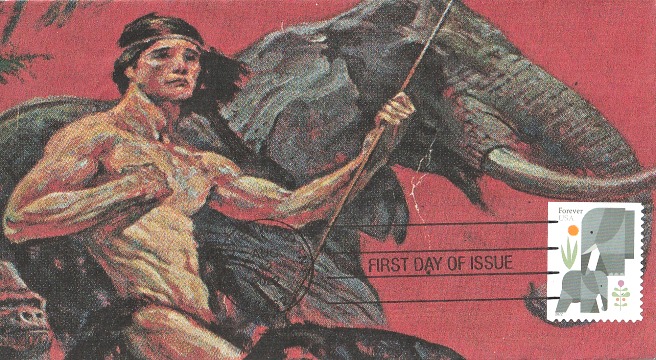 .
.
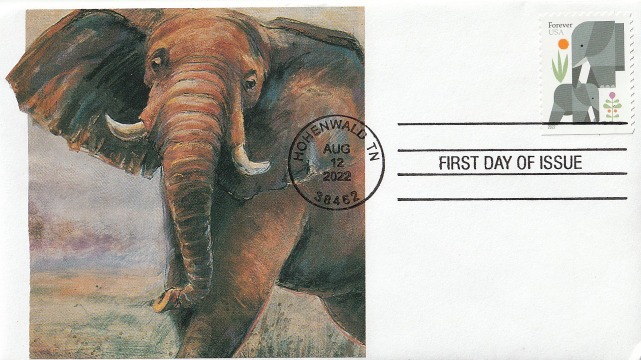 .
.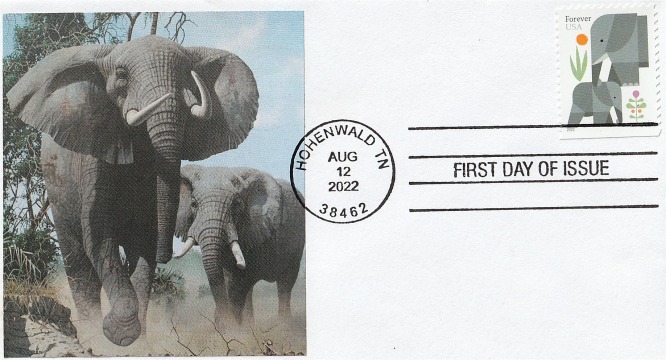
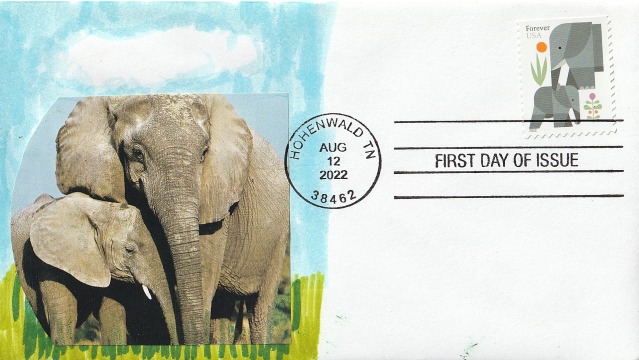 .
.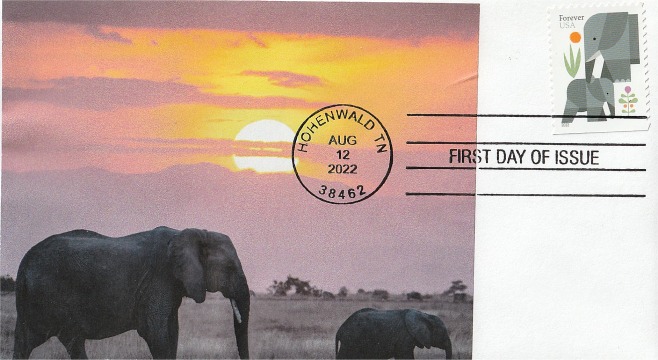
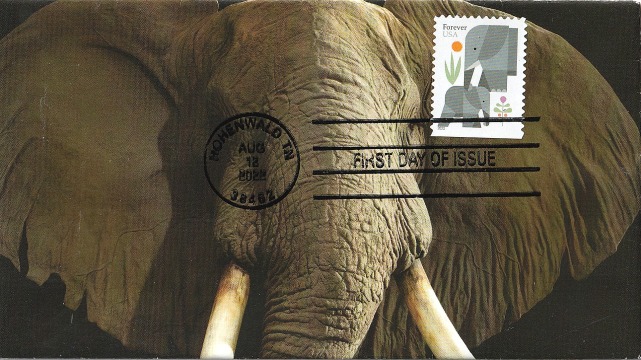 .
.